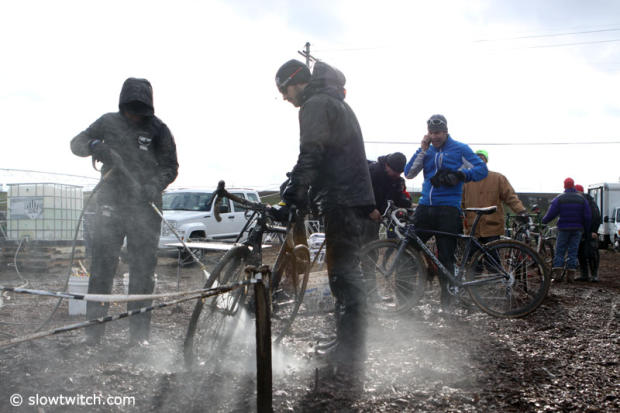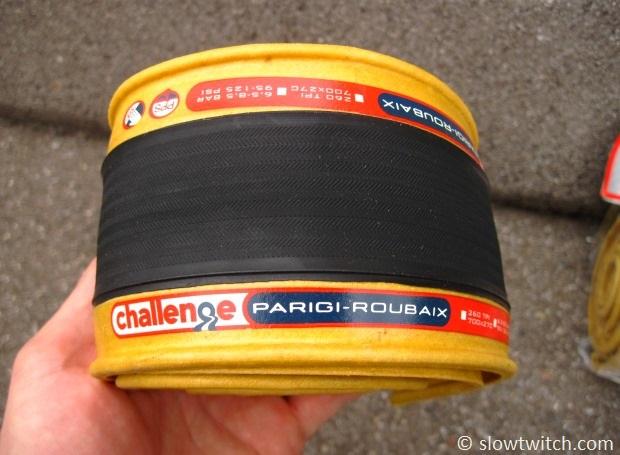Gravel Bike Details
It’s the new rage. You can ride on a road bike, a cyclocross bike, or even a mountain bike. The course takes you on asphalt, dirt roads, gravel, and even full-on single track mountain bike trails. Skill levels range from beginner to professional – and attitude? Hyper-competitive all the way down to ‘I’m just here for the free beer’.
I’m referring, of course, to gravel racing.
Some call them ‘dirt road races’ while others call them ‘gravel grinders’. The thing that they are not to be confused with are cyclocross races, which are run on short closed courses, featuring many laps over 30-60 minutes. No, my friend – these are long endeavors for the serious (crazy?) among us.
Gravel racing is becoming more and more popular these days, so we thought it prudent to bring you a primer on the subject. While some triathletes pick up mountain bike or ‘cross racing in the off-season, more and more are gravitating towards gravel adventures. After all, the longer and steadier nature of these events actually caters better towards the abilities of the Ironman-focused athlete than a short-and-hard circuit race.
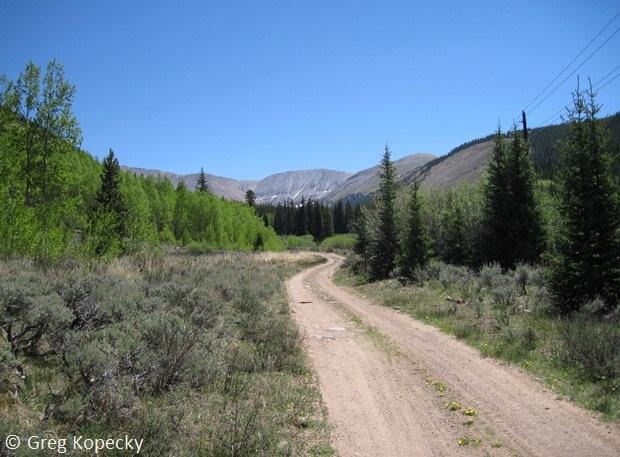
The big question that I keep seeing pertains to equipment. What-the-heck type of bike should I ride? Can a mountain bike handle it? What about a road bike? Should I buy the jack-of-all-trades cyclocross bike that my local bike shop (LBS) has been telling me about? What about wheels and tires?
I think it’s time to dig in.
The Bike
The biggest consideration that will influence your bike choice is the race format. Put simply, it’s all over the map. Some ‘gravel races’ are 90% asphalt with 10% dirt roads… all over relatively tame grades. Others feature insane off-camber all-on-pea-gravel trails at high altitude – with white-knuckle steep descents. Generally speaking, these races are trending toward the crazier end of the spectrum, but we’ll cover the full gamut.
Road Bikes
On the ‘tame’ end of the spectrum, you can ride a normal road bike. If the course only has a small amount of dirt roads, a 25mm tire may cut the mustard. Most – but not all – road bikes can accommodate that tire size, so it is worth asking your bike retailer before plunking down your cash.
Some road bikes offer clearance for 28 – 30mm tires. They pull this off by A) shaping the chainstays and seatstays for extra clearance, and B) placing the brake calipers higher than a standard road race bike for more clearance within the brake. Pushing the caliper away means that you’ll likely need to adjust the actual brake pads further down in their adjustment range to reach the rim’s braking surface.
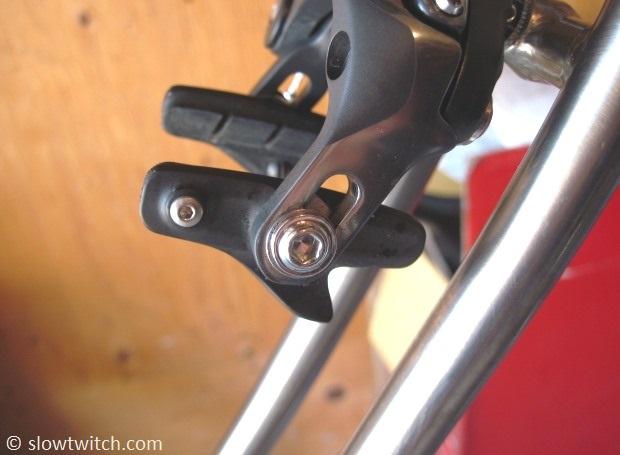
Personally, I feel that this type of bike with standard brake calipers and ~28mm tire clearance ought to be the minimum entry to be considered as any sort of ‘gravel’ bike. I think I might actually prefer to call it an ‘endurance road bike’. While it does not inherently allow you to ride any longer or farther than a standard road bike, folks that tend to ride long tend to value comfort over other features (and wide tires tend to be more comfortable than narrow tires). Additionally, most of these bikes do not feature any aero shaped tubes or seatposts, more easily accommodating the various racks, fenders, bags, and accessories that the long-distance crowd values so highly.
Up next on the ladder, you’ll find the true endurance road bikes – those with mid-reach brake calipers. Some also call these ‘Roubaix-style’ bikes, due to their popularity at the famous Paris-Roubaix race over the past couple decades. These bikes feature longer fork legs and chainstays, effectively pushing the wheels further away from the rest of the bike. This requires the use of ‘mid reach’ brakes, which have longer arms than the short models on most road bikes today.
The photo below shows a Shimano R650 mid reach brake (left) compared to a standard 105 model (right).

These bikes often fit up-to-32mm tires; a serious size. I hate to see these bikes fall in popularity. In fact, my humble opinion is that they should be sold as ‘standard’ road bikes, because they fit the needs of the masses better than dedicated race machines with limited versatility and tire clearance. For that very reason, I’m in the process of building up a killer endurance road bike from Kona, which I will show in a separate feature. They offer such bikes in steel, aluminum, and carbon – a range much wider than almost anyone (save some dedicated custom builders).
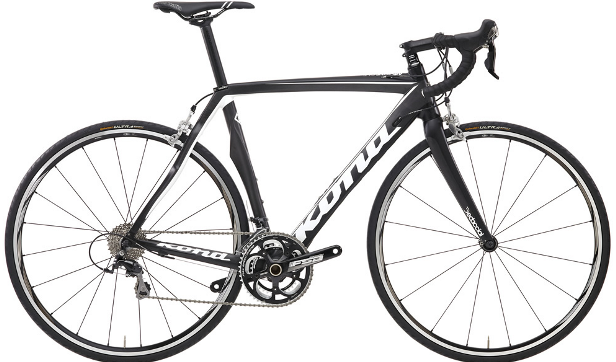
There is also a new crop of endurance road bikes that feature disc brakes. Why discs? Generally speaking, they improve braking performance in poor weather conditions, and (when set up properly) can really reduce the finger effort required to stop the bike – a boon over long distances when fatigue sets in. I’ve spent a decent chunk of time aboard Shimano’s newest R785 road hydraulic disc brakes, and they offer absolutely incredible stopping power and control at a very low effort.
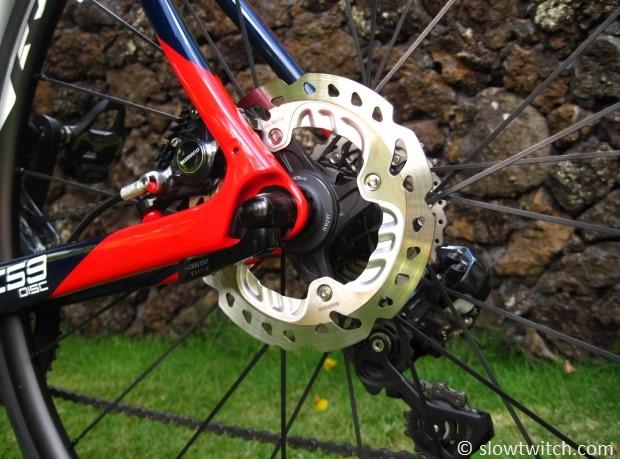
The thing that I can’t stand to see is a disc road bike with narrow tire clearance. Why bother to remove the road rim brake and open up all that real estate if you’re not going to use it? Beyond the actual tire size, you also want to have adequate clearance for mud. If you ask me, it’s not worth buying a disc road bike if it won’t fit at least 28mm tires.
Cyclocross Bikes
For many, a full-on ‘cross bike is a perfect choice for gravel racing. With big tire clearance and either rim or disc brakes, they tackle the job quite nicely. Most will accommodate up to a tire of ~40mm width, which is approaching the size of a 29-inch mountain bike tire.
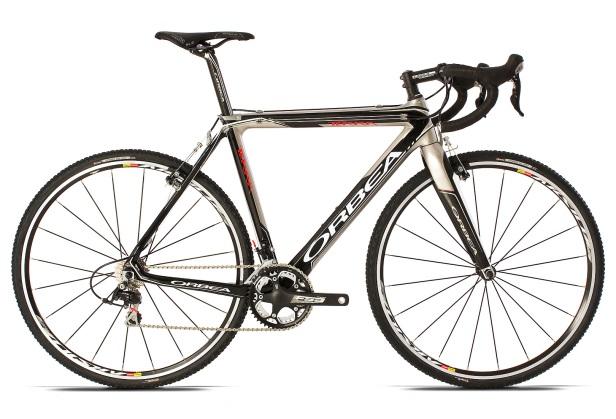
The only real downside with using some cyclocross bikes as gravel racers is the issue of bottom bracket height. Some ‘cross bikes are built with a higher bottom bracket for improved pedal clearance over rocks and other obstacles. This can be great on rugged courses, but also has a tendency to make the bike feel less stable or ‘grounded’ on smooth pavement. There’s a reason that long-distance touring bikes have a very low bottom bracket.
Fortunately or unfortunately, there is no perfect answer for everyone. Most folks will be just fine on an off-the-shelf cyclocross bike.
Mountain Bikes
Depending on the race rules, you may be able to ride a mountain bike in your local gravel race. When in doubt, contact race officials ahead of time to find of any rules regarding handlebar type and tire width (also note that some races disallow aerobars entirely regardless of what type of bike you’re riding). Mountain bikes are absolutely a great choice for beginners, or those looking to limit their investment (e.g. they already own a mountain bike and don’t want to purchase a ‘cross bike). For the more technical and muddy courses, you will actually be at an advantage for portions of the race.
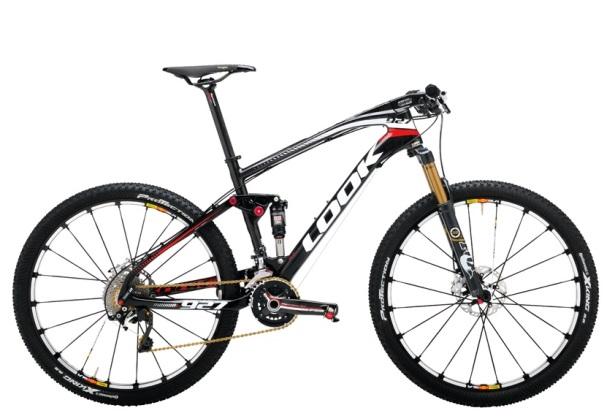
Some races even feature special waves or categories for full-on Fat Bikes with super-wide 5-inch tires. Keep in mind that these bikes do not roll fast (I know from personal experience), so don’t look to take any major victories aboard one of these behemoths.
Wheels and Tires
What about wheels?
In the clincher vs. tubular debate, I personally give a big nod towards clinchers for gravel racing. These races are long, and most of us want to cross the finish line come hell or high water. Tubular tires require that you carry a full spare tire (not just an inner tube), which becomes cumbersome when we start talking about 32-35mm rubber.
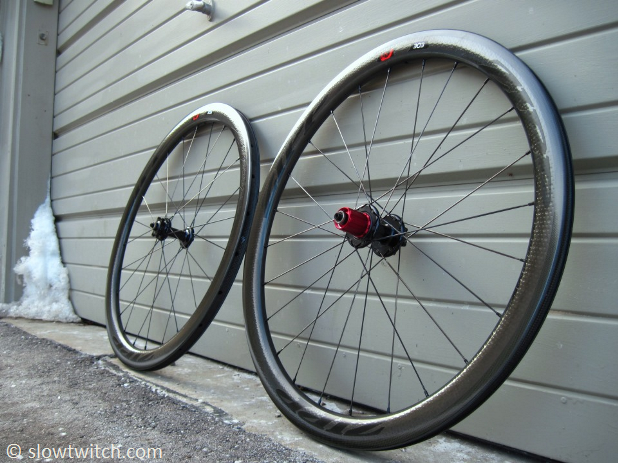
Do you want aluminum or carbon rims? Similar to other racing disciplines, this is entirely a budgetary question. Is carbon cooler? Yes. Is it lighter? Usually, yes. Does it cost more? Yes, sir-ee.
The one area that I do see a lot of potential with is tubeless wheels and tires. I’ve gone round and round with manufacturers about tubeless technology for skinny road tires (e.g. 700x23mm), and I still just can’t find enough advantages to outweigh the costs (namely difficult installation, difficult inflation, and the requirement to periodically inject sealant… and always keep them pumped up).
With gravel, the advantages start to stack up in our favor. Removing the inner tube reduces rolling resistance and weight – especially if you’re converting a tire that’s intended to be used with inner tubes. Installation tends to be easier with a larger casing. Punctures tend to seal more successfully when dealing with lower pressures. The funny thing is – while skinny road tubeless tires are multiplying quickly, the cyclocross and gravel segment remains largely ignored by manufacturers.
If we’re talking typical gravel tire sizes used with inner tubes, most folks will run something in the 30-35mm range, at about 35-50psi. The debate is always exactly how knobby do you want them to be? You might have one terrible mud pit for 50 meters, but the other 95 percent of the course on dry dirt and pavement. You might have loose gravel and mud all over the place.
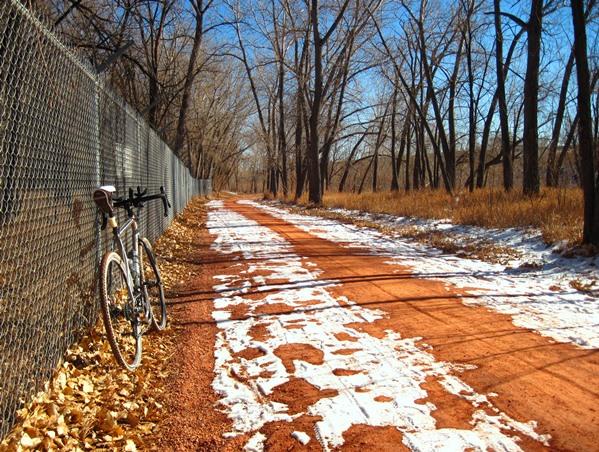
The typical tire choice among fast folks is a low-to-intermediate tread cyclocross tire. These won’t suck up too much energy on pavement, while still offering reasonable control in the muddy stuff.
Another option that I personally like is a knobbier tire up front paired with a file tread tire in the rear. This offers a nice middle ground that reduces the risk of your front wheel sliding out on slick mud, while your driving (and weight bearing) rear tire will roll fast on pavement.
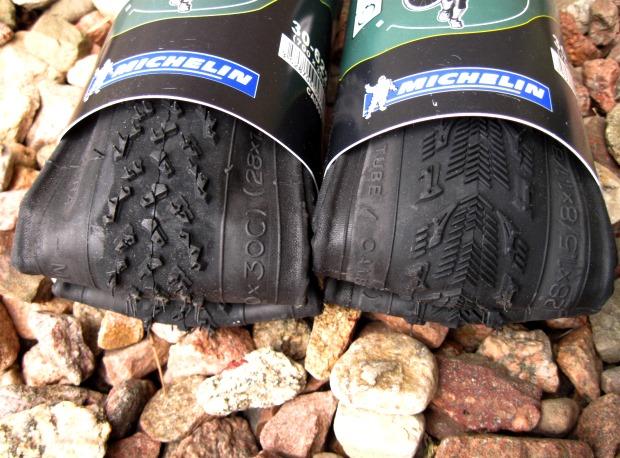
Putting it to the test
I decided to jump head-first in to this gravel thing, entering the 2014 edition of Barry Roubaix, the ‘Killer Gravel Road Race’. With a frigid winter and few miles under my belt, what better way to kick start the ol’ cycling fitness? In a few days, we’ll feature a short recap video, along with some thoughts on what worked and didn’t work in terms of equipment and planning.




